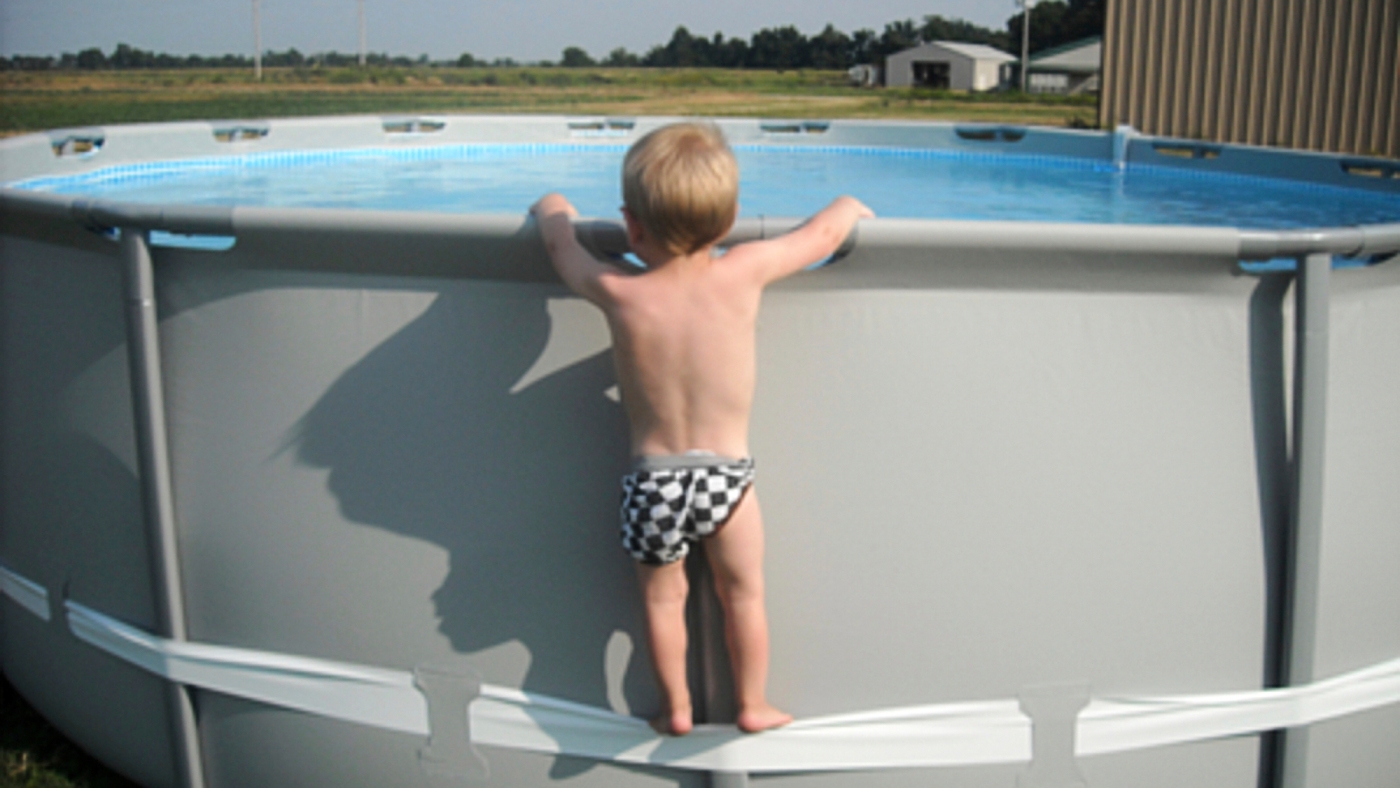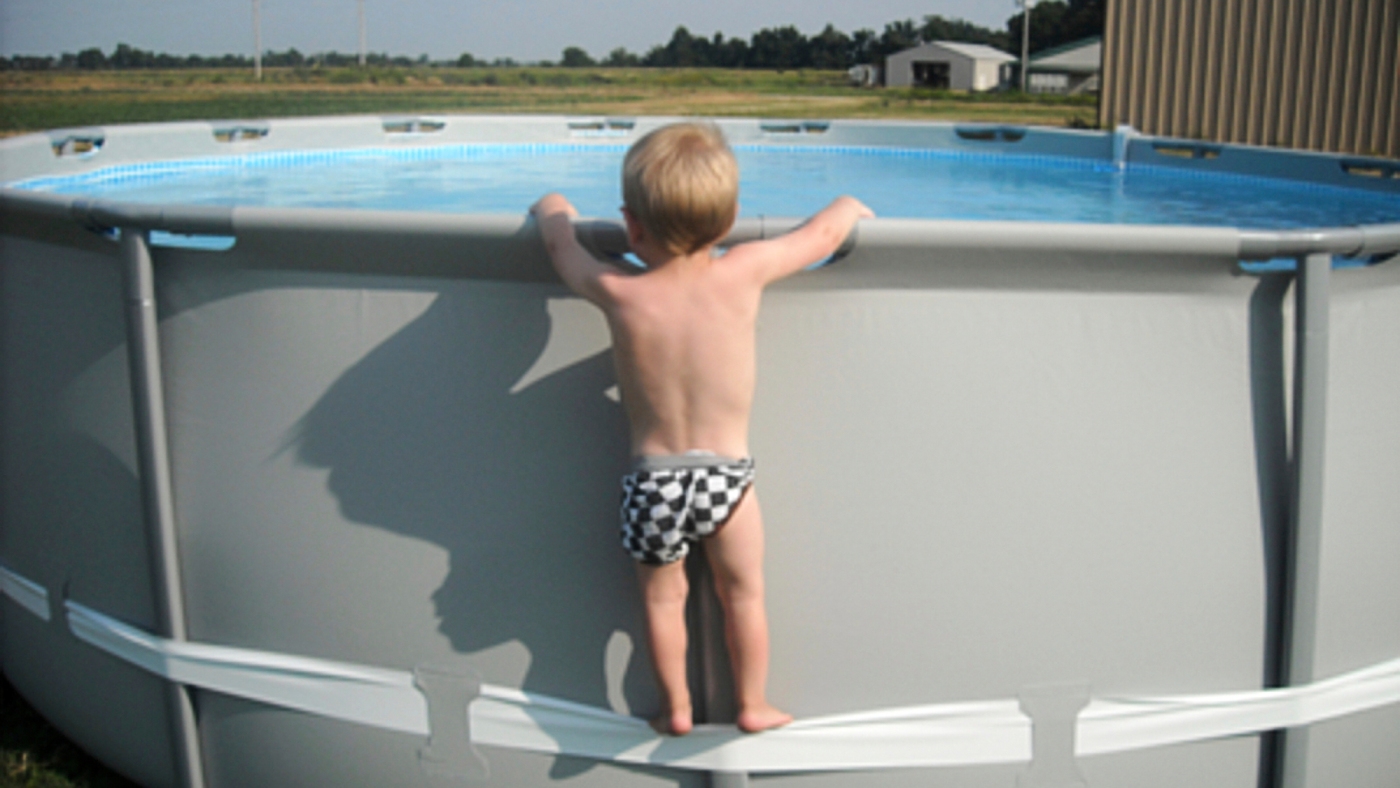The Ripple Effect: A Deep Dive into the Massive Above-Ground Pool Recall
Introduction: A Summer Shadow
The backyard pool, a symbol of summer joy, has recently become a source of concern for millions of families. The recall of over 5.2 million above-ground pools across the United States and Canada has sent shockwaves through the consumer market, raising critical questions about product safety, manufacturing accountability, and regulatory oversight. This unprecedented recall, involving major retailers and spanning two decades, demands a thorough examination of its causes, consequences, and the lessons it offers for the future.
The Scale of the Crisis: A Recall Unlike Any Other
The magnitude of this recall is staggering. It encompasses pools sold by retail giants like Walmart, Target, Lowe’s, Costco, and Amazon, affecting a vast segment of the above-ground pool market. Brands such as Bestway, Intex Recreation, and Polygroup are at the center of this storm, indicating a systemic issue rather than an isolated failure. The recall’s breadth suggests that the problem is not confined to a single product line or manufacturer but reflects broader industry-wide challenges.
Consumer Impact: Anxiety and Inconvenience
For millions of consumers, this recall is more than just a news headline—it’s a personal crisis. Families who purchased these pools now face the daunting task of determining if their pool is affected, understanding the associated risks, and taking appropriate action. The recall process can be complex and time-consuming, involving dismantling and returning the pool, seeking repair kits, or following other safety measures. The emotional toll on consumers, particularly those who have experienced the loss of loved ones due to drowning, cannot be overstated.
Reputational Fallout: Trust in Jeopardy
The recall has also dealt a significant blow to the reputations of the involved brands and retailers. Consumers may question the safety and reliability of products from these companies, leading to a loss of trust that could have long-term consequences. Brand loyalty, once built over years of customer satisfaction, can erode quickly in the face of such a large-scale safety issue. Retailers and manufacturers must now work diligently to regain consumer confidence, a task that will require transparency, accountability, and a commitment to improved safety standards.
The Root of the Problem: Design and Manufacturing Flaws
The recall is primarily driven by reported drowning deaths, but the underlying cause is more complex. The affected pools, which are 48 inches and taller, use compression straps as a critical structural component. These straps, if faulty or inadequate, can lead to pool collapse or instability, significantly increasing the risk of drowning. The fact that these pools have been sold over the past two decades raises serious questions about the evolution of safety standards and quality control measures in the industry.
Stagnant Standards: A Failure to Evolve
The prolonged period during which these pools were sold suggests that safety standards may have remained stagnant while pool designs and manufacturing processes evolved. This disconnect could have allowed potentially hazardous products to remain on the market for years. Early warning signs or previous incidents may have been overlooked or dismissed, delaying necessary corrective action. The recall serves as a stark reminder that safety standards must keep pace with technological advancements and changing consumer needs.
Quality Control: A Critical Weakness
The recall also highlights the importance of rigorous quality control measures. Manufacturers must ensure that their products meet established safety standards and are free from defects. The fact that such a large number of pools have been recalled indicates a potential breakdown in quality control processes. Retailers, too, must play a role in vetting the products they sell, conducting independent testing, and monitoring consumer feedback to identify and address potential safety issues.
The Web of Responsibility: Manufacturers, Retailers, and Regulators
The responsibility for this recall is shared among multiple stakeholders, each playing a crucial role in ensuring consumer safety.
Manufacturers: The First Line of Defense
Manufacturers bear the primary responsibility for the safety and quality of their products. This includes designing pools that meet or exceed safety standards, using durable materials, and implementing rigorous quality control measures throughout the manufacturing process. The recall underscores the need for manufacturers to prioritize safety above all else, investing in robust safety features, rigorous testing, and ongoing monitoring of product performance.
Retailers: Gatekeepers of Consumer Trust
Retailers also have a responsibility to ensure the safety of the products they sell. They must vet the products they offer, ensuring that they meet safety standards and are not likely to pose a risk to consumers. This may involve conducting independent testing, reviewing manufacturer certifications, and monitoring consumer feedback. By taking a proactive approach to product safety, retailers can help build and maintain consumer trust.
Regulatory Agencies: The Watchdogs
Regulatory agencies like the U.S. Consumer Product Safety Commission (CPSC) and Health Canada play a vital role in setting safety standards, monitoring product safety, and taking action when necessary to protect consumers. These agencies have the authority to issue recalls, impose fines, and take other measures to ensure that manufacturers and retailers comply with safety regulations. The recall raises questions about the effectiveness of existing safety standards, the rigor of quality control measures, and the oversight of regulatory agencies.
Lessons Learned: Charting a Safer Future
This recall serves as a wake-up call for the industry, offering valuable lessons that can help prevent similar incidents in the future.
Prioritizing Safety: A Non-Negotiable Imperative
Manufacturers must prioritize safety above all else. This means investing in robust safety features, rigorous testing, and ongoing monitoring of product performance. Safety should not be an afterthought but a fundamental aspect of product design and manufacturing.
Embracing Innovation: The Path to Progress
The industry should embrace innovation in safety technology, developing new and improved methods for preventing drowning and other pool-related accidents. This could include advancements in pool design, materials, and safety features that make pools inherently safer for consumers.
Strengthening Quality Control: A Commitment to Excellence
Manufacturers and retailers must strengthen their quality control measures, ensuring that products meet safety standards and are free from defects. This may involve implementing more rigorous testing protocols, conducting regular inspections, and fostering a culture of quality and safety within their organizations.
Enhancing Regulatory Oversight: A Call for Vigilance
Regulatory agencies must enhance their oversight of the pool industry, setting clear safety standards, conducting regular inspections, and taking swift action when violations are detected. This may involve increasing funding for regulatory agencies, streamlining the recall process, and fostering greater collaboration between manufacturers, retailers, and regulators.
Promoting Consumer Awareness: Empowering Consumers
Consumers need to be educated about pool safety and the risks associated with above-ground pools. This includes providing clear instructions on pool setup, maintenance, and safe usage practices. By empowering consumers with the knowledge they need to make informed decisions, we can help prevent accidents and ensure a safer swimming experience for all.
Conclusion: Swimming Towards a Safer Tomorrow
The recall of over 5.2 million above-ground pools is a serious incident with potentially far-reaching consequences. It serves as a stark reminder of the importance of product safety and the need for continuous improvement in manufacturing, quality control, and regulatory oversight. By learning from this experience and taking proactive steps to improve product safety, strengthen quality control, enhance regulatory oversight, and promote consumer awareness, we can work together to create a safer environment for families to enjoy the pleasures of swimming. The time for action is now, to ensure that future summers are filled with joy and safe memories, not overshadowed by tragedy.








